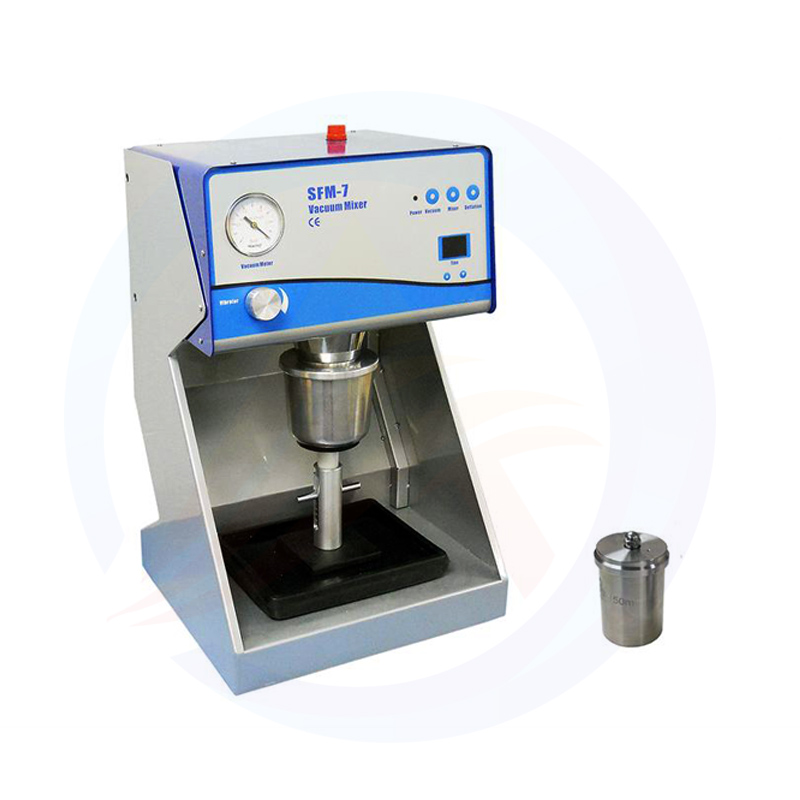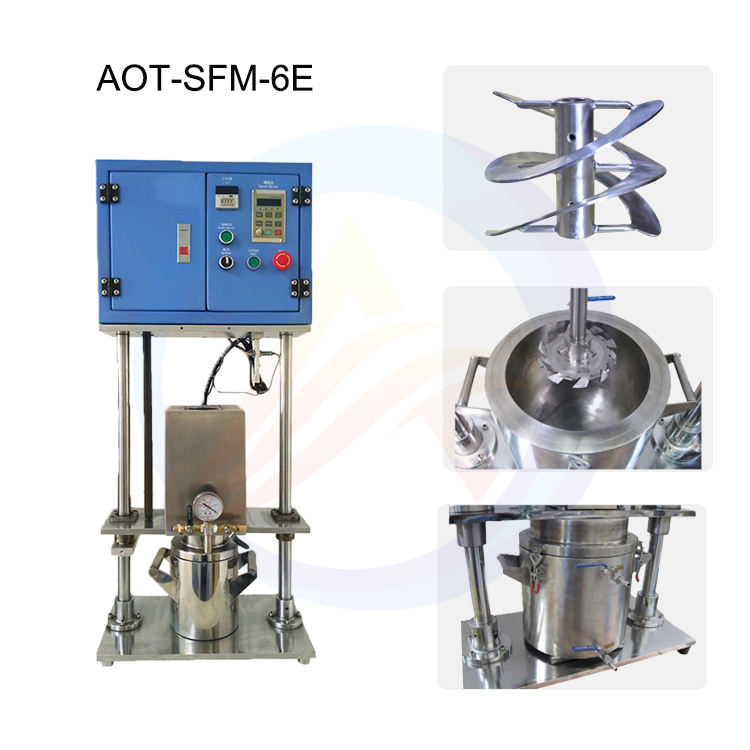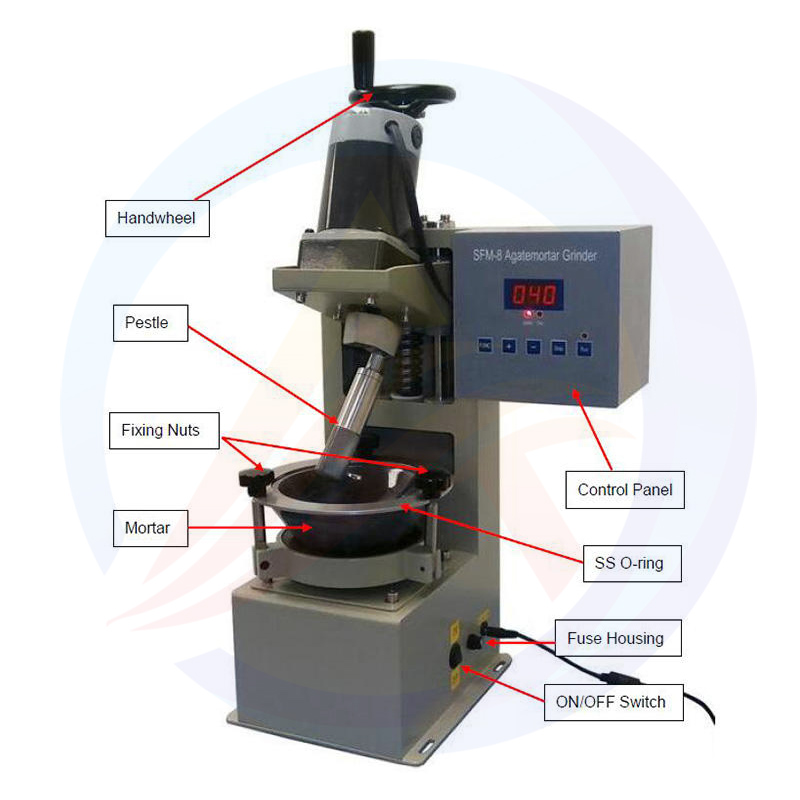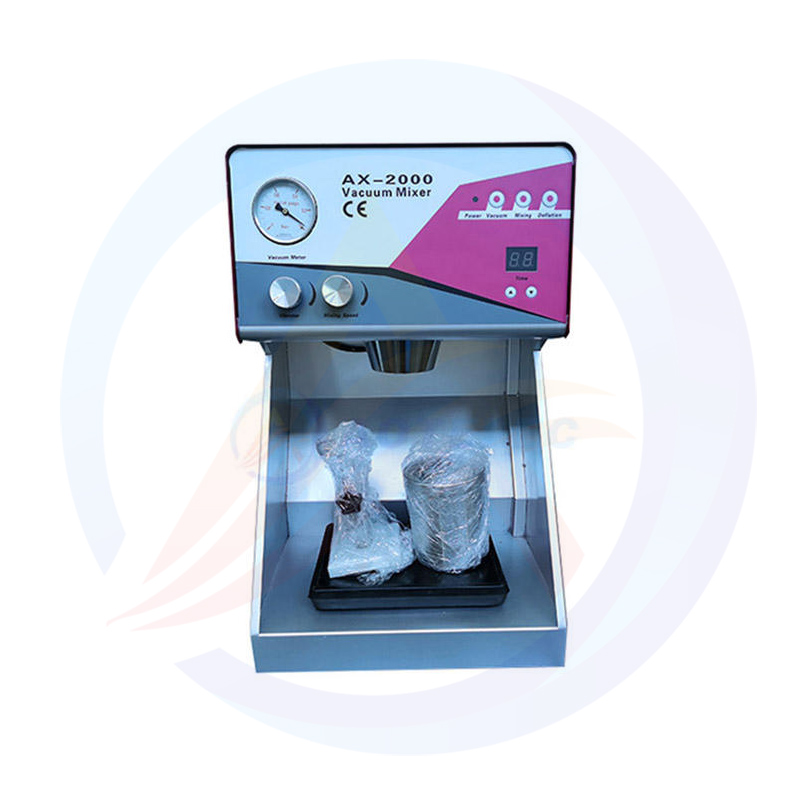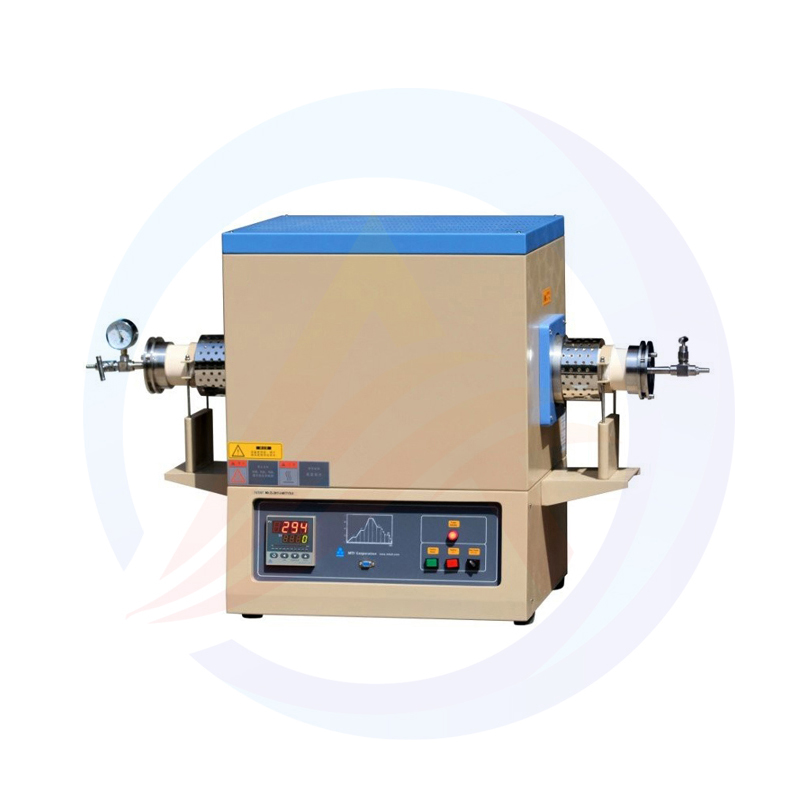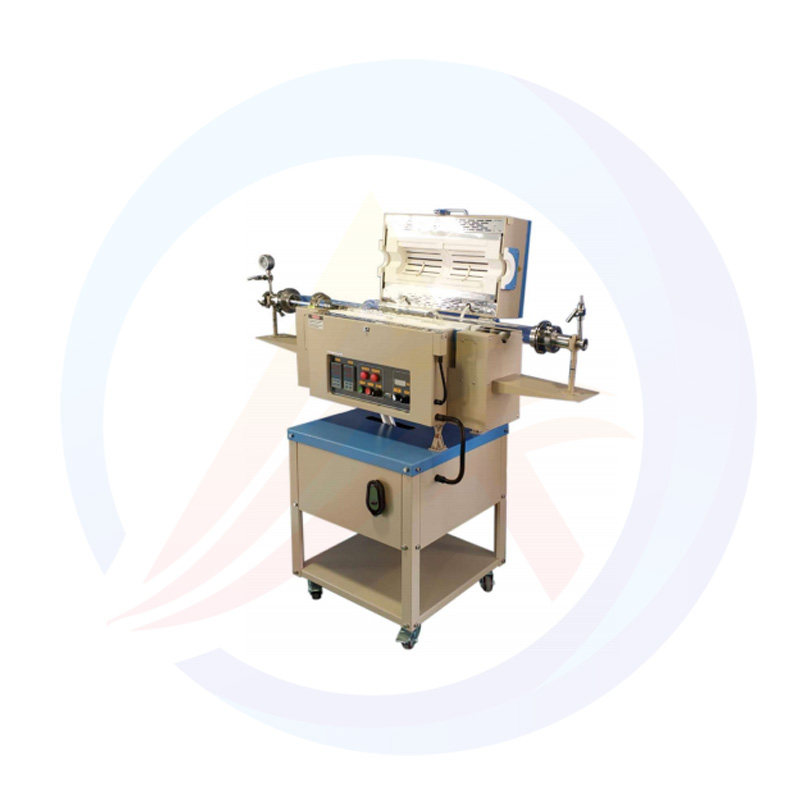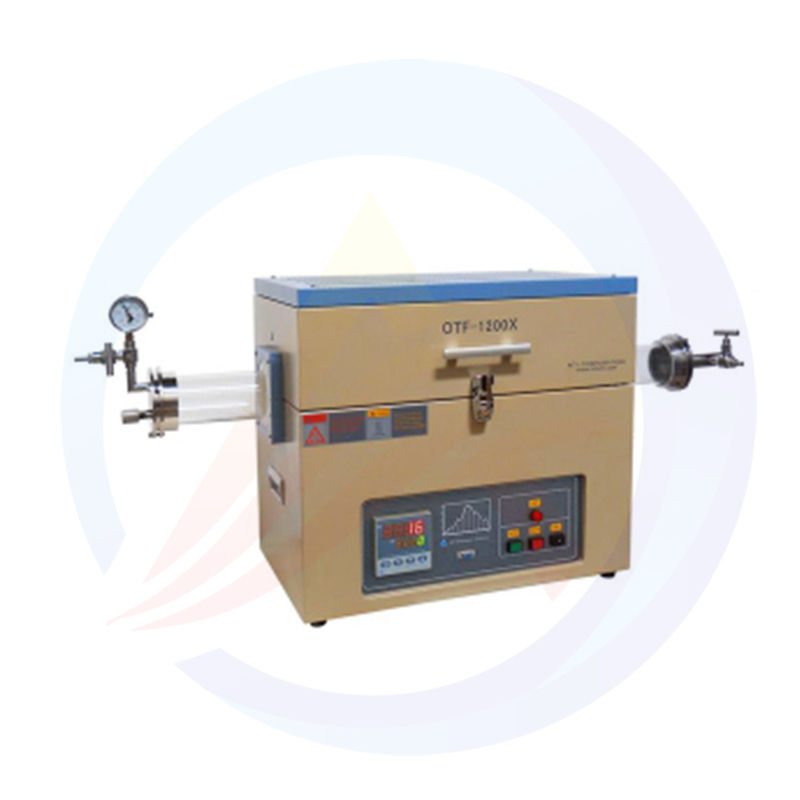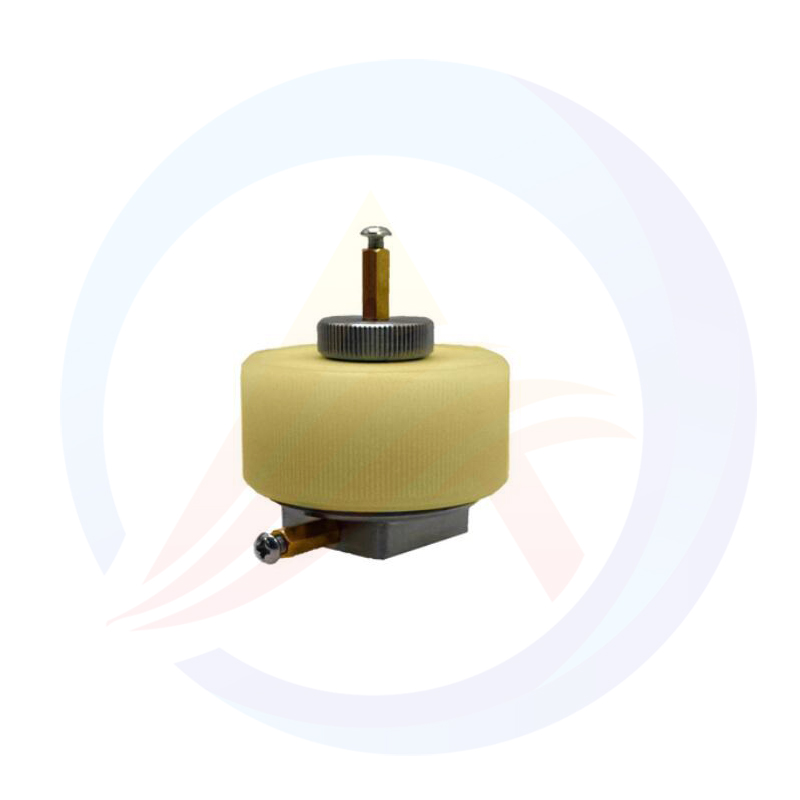Lithium Battery Manufacturing - Front-end Process
Introduction: Basic knowledge of lithium battery
1. Basic structure of lithium battery
Main materials: positive electrode, negative electrode, electrolyte, diaphragm
Structure: round, square; Laminated, winding
Form: polymer (flexible packaging), liquid lithium ion (steel shell)
2. How lithium batteries work
Positive material: LiMn2O4, negative material: graphite
During charging, the Li+ in the positive electrode and the Li+ in the electrolyte converge to the negative electrode to obtain electrons, which are reduced to Li embedded in the carbon material of the negative electrode. During discharge, the Li embedded in the negative carbon material loses electrons and enters the electrolyte, and the Li+ in the electrolyte moves to the positive electrode.
3. Lithium battery composition principle
Positive electrode structure:
LiMn2O4(lithium manganate)+ conductive agent (acetylene black)+ adhesive (PVDF)+ fluid collector (aluminum foil) positive electrode
Negative electrode structure:
Graphite + conductive agent (acetylene black)+ adhesive (PVDF)+ fluid collector (copper foil) negative electrode
4. Charging process
The power supply charges the battery, at this time the electron e on the positive electrode runs to the negative electrode through the external circuit, and the positive lithium ion Li+ "jumps" into the electrolyte from the positive electrode, "climbs" through the curved small hole on the diaphragm, and "swims" to the negative electrode, and the electrons that have long run over are combined.
The reaction on the positive electrode is LiMn2O4 ==Li1-xMn2O4+Xli++Xe(electron).
The reaction on the negative electrode is 6C+XLi+Xe==LixC6
5. Discharge process
The battery discharges, at this time the electron e on the negative electrode runs to the positive electrode through the external circuit, and the positive lithium ion Li+ "jumps" into the electrolyte from the negative electrode, "climbs" through the curved small hole on the diaphragm, "swims" to the positive electrode, and combines with the electrons that have long run over.
The reaction on the positive electrode is Li1-xMn2O4+xli++xe(electron) ==LiMn2O4
The reaction occurring on the negative electrode is LixC6 == 6C+xLi+xe
6. Lithium ion battery process flow:
Front section: mixing, coating, rolling, die cutting
Middle section: winding, assembly, injection
After segment: formation, partition, module
Front section
The production goal of the preceding and following processes is to complete the manufacturing of (positive and negative) pole pieces. The main process of the first step is: mixing, coating, rolling, scuttling, production, die cutting, the equipment involved mainly includes: mixer, coating machine, roll press, scuttling machine, production machine, die cutting machine, etc.
1.Mixing
Slurry mixing (equipment used: vacuum mixer) is to mix positive and negative solid state battery materials evenly and add solvent to stir into slurry. Slurry mixing is the starting point of the previous process, and is the basis for completing the subsequent coating and rolling processes.

1.1 Positive batching
The positive electrode is composed of active substance, conductive agent and binder.
1.2 Negative electrode ingredient (stirring)
The negative electrode is composed of active material, conductive agent, adhesive, and dispersant.
2. Coating
Coating (equipment used: coating machine) is the process of evenly coating the stirred slurry onto metal foil and drying it to produce positive and negative electrodes. As the core link of the preceding process, the execution quality of the coating process deeply affects the consistency, safety, and lifespan of the finished battery. Therefore, the coating machine is the most valuable equipment in the preceding process.
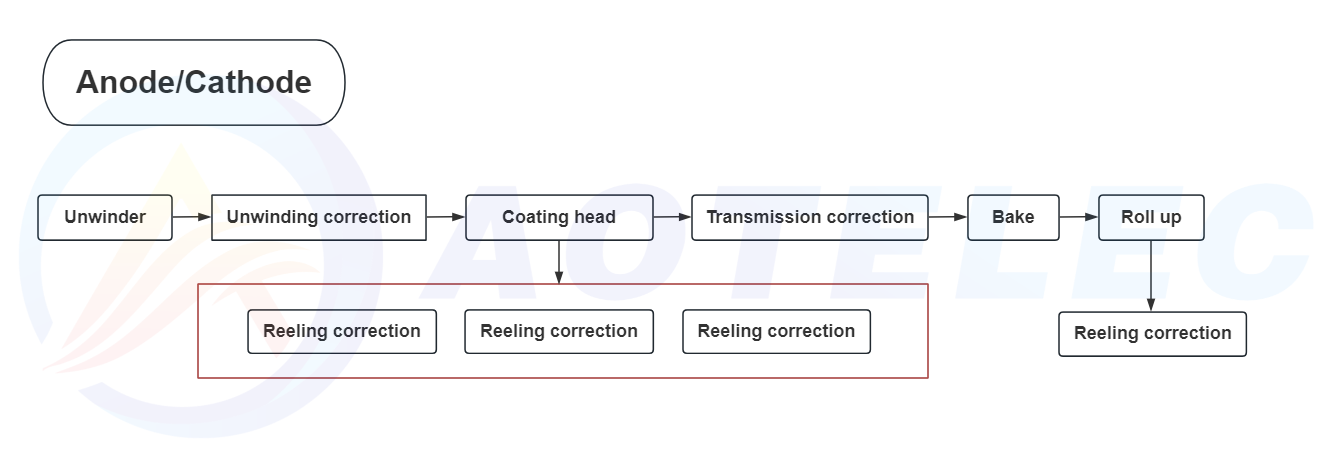
Principle of Squeeze Coating Machine
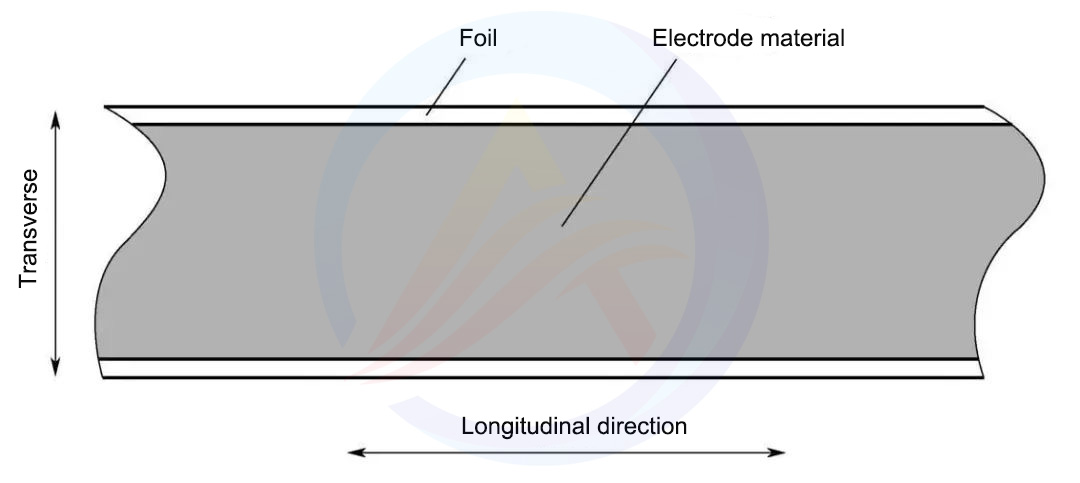
How to control the uniformity of lithium battery coating?
There are many factors that affect the uniformity of coating, including human, machine, material, method, and environment. However, the basic factors are several conditions directly related to the coating process: coating substrate, adhesive, coating steel/rubber roller, and composite machine.
1) Coating substrate: mainly including material, surface characteristics, thickness, and uniformity.
2) Adhesive: mainly refers to its working viscosity, affinity and adhesion to the surface of the substrate.
3) Coating steel roller: It is not only the direct carrier of adhesive, but also the support benchmark for coating substrate and rubber roller, so it is the core of the entire coating mechanism. The uniformity of coating is affected by its shape and positional tolerances, rigidity, dynamic and static balance quality, surface quality, temperature uniformity, and thermal deformation conditions.
4) Coating roller: The rubber roller refers to an important variable of coating quality, and its material (such as the lifespan of the adhesive layer), hardness, positional tolerance, rigidity, dynamic and static balance quality, surface quality, and thermal deformation condition also affect the uniformity of coating.
5) Composite machine: It is the basic platform for coating, which includes not only the precision and sensitivity of the coating steel roller and rubber roller pressing mechanism, but also the design of the highest operating speed and the overall stability of the machine.
3. Rolling slitting (production)
Roller pressing (equipment used: roller press) is to further compact the coated electrode, thereby increasing the energy density of the battery. The flatness of the rolled electrode directly affects the processing effect of the subsequent slitting process, and the uniformity of the active material of the electrode also indirectly affects the performance of the battery cell.
Splitting (equipment used: slitting machine) is the process of continuously slitting a wider coil of polar pieces into several narrow pieces of the desired width. The fracture failure of the polarizer during cutting is due to shear action, and the smoothness of the edge after cutting (without burrs or buckling) is the key to evaluating the performance of the slitting machine.
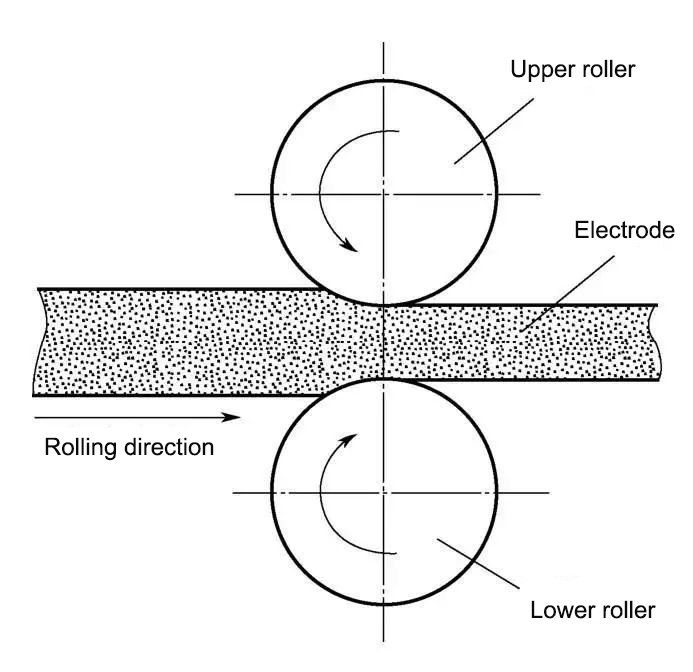
3.1 Positive electrode production
After the positive electrode coating is dried, the rollers need to be aligned within the process time. The roller is used to compact the polar plate, and there are currently two processes: hot pressing and cold pressing. Hot pressing compaction has a higher rebound rate compared to cold pressing; But the cold pressing process is relatively simple and easy to operate and control. The main equipment of the roller is adjusted to the following process values: compaction density, rebound rate, and elongation. At the same time, it is important to note that the surface of the polarizer should be free of chips, hard blocks, material loss, wavy edges, and gaps should not be broken.
3.2 Negative electrode production
The negative electrode production is operated similarly to the positive electrode, but the process design is different.

